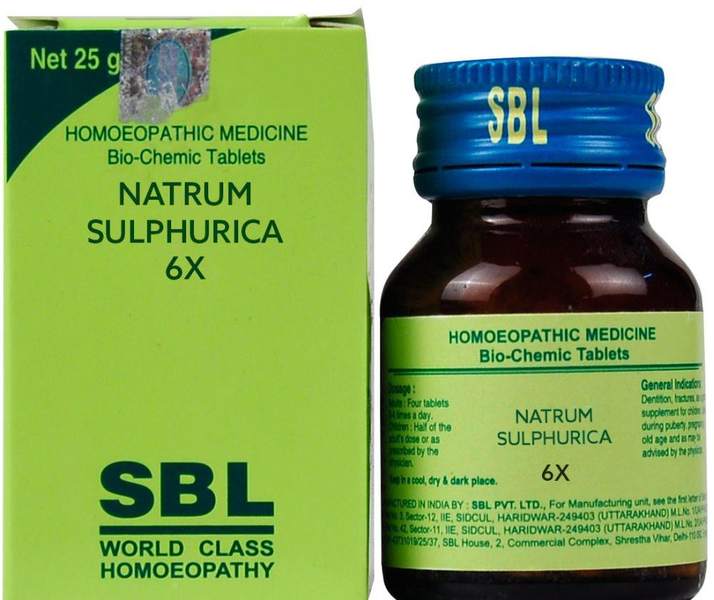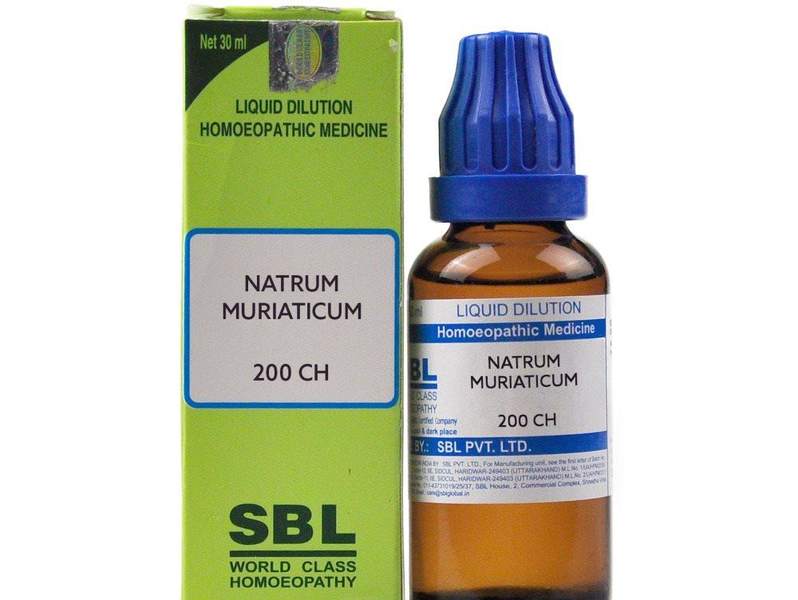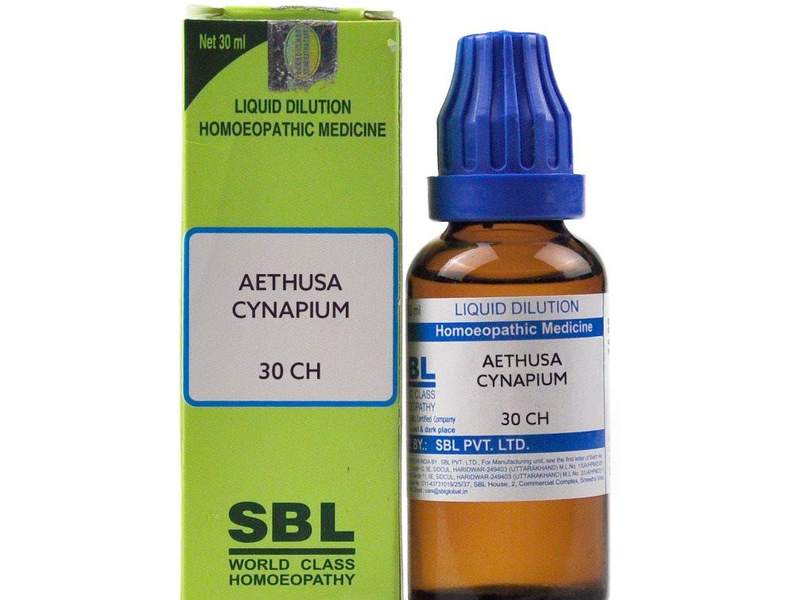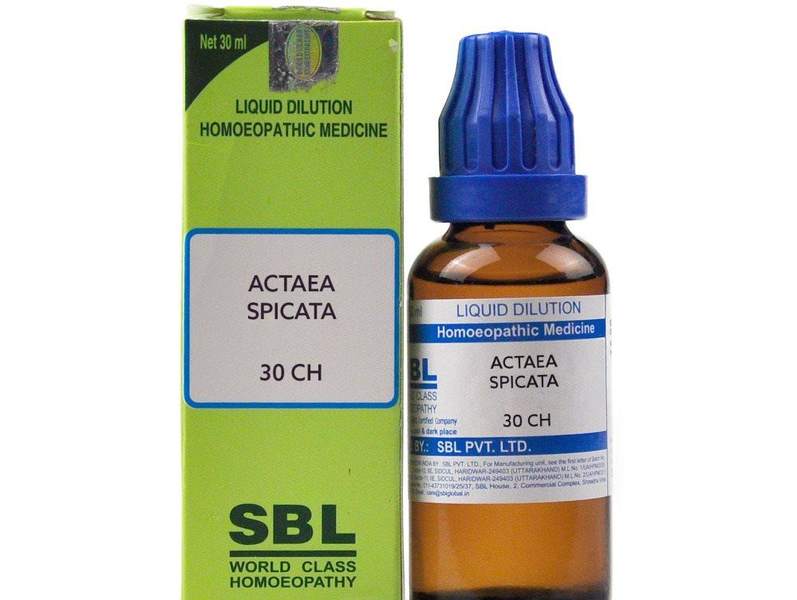Natrum Phos 200 Uses, Benefits – Natrum Phosphoricum Materia Medica
₹1,658.00 Original price was: ₹1,658.00.₹1,105.00Current price is: ₹1,105.00.
- Yellow, creamy coating at the back of the roof of mouth and tongue
- Sour eructations and vomiting
Source: Mineral kingdom
Synonyms: Sodium phosphate, Phosphate of soda
Prover: Proved under the supervision of Dr E.A. Farrington. Dr W. H. Schussler proved it biochemically and included it in the tissue salts Duration of Action: Not definite
Miasmatic Background: Tubercular at the particular level and sycotic at the general level
Temperament: Bilious and melancholic
Diathesis: Gouty and rheumatic.
Thermal Relationship: Chilly patient
Introduction and History: This is one of the most important of Schussler’s twelve tissue remedies. It is a very important constitutional remedy. This inorganic salt is found in the intercellular fluids of humans. It’s function in the human economy is to regulate water in blood and other fluids of the body. It keeps blood, bile, pancreatic juices at normal consistency. The deficiency of this salt prevents the elimination of water from the tissues as is produced by oxidation of organic matter.
Description: It occurs rather abundantly in nature, sea water, saline springs, Russian salt lakes, etc. Sodium phosphate is a constituent of blood corpuscles, muscles, nerves, brain cells and tissue fluids. It is very effective in over acidity which manifests itself (particularly in overfed infants) as sour eructations, vomiting of sour caseous masses, greenish-yellowish sour diarrhoea, bodyache and cramps. It is attributed by biochemistry to a lack of sodium phosphate. The main target is the gastrointestinal tract. In addition, it has a modifying effect in cases of stone diathesis and arthritic-gouty constitutions. It is prepared by neutralizing orthophosphoric acid with soda bi-carb. It is also prepared from bone ash.
Preparation: Pure sodium phosphate is triturated with sugar of milk and higher potencies are prepared from 3c according to the directions given in homeopathic pharmacopoeias.
Constitution and Physiognomy: It is best suited to tall, thin people with yellowish discolouration of the skin and sclera.
Ailments From: Physical exertion, bitter food, fatty food, sugar, thunderstorm, emotional disturbance, disappointment, tension, shock.
Seat of Action (Pharmacodynamics): Nerves, liver, pancreas, left lower chest, left side, intestines, respiration, meninges, mind, head, conjunctiva, genital organs, gastrointestinal tract, etc.
Physio-pathological Changes (Pathology)
According to Schussler, fine, molecular doses of this remedy establish this catalytic action and the acid state is combated, resulting in the cure of diseases which are based on this acid condition.
It acts upon intestines; stimulates the activity of the intestinal glands, liver and pancreas. Also excites the secretion of intestines, liver and pancreas.
Natrium phosphoricum acts as a ‘H’ ion blocker in the body fluids. 4.
Deficiency of Natrium phosphoricum (alkaline part) causes an increase in the acidic part of the phosphate buffer in the body. Thus, acidic reactions of gastric juice, cerebrospinal fluid increases (pH decreases). Hence, the deficiency effects are:
(i) Precipitation of uric acid as urates gives rise to burning, pricking pains especially in joints; and causes rheumatic and gouty complaints.
(ii) Production of more hydrochloric acid, resulting in hyperacidity.
(iii) An increase in the acidic condition of bile; on storage in the gall bladder, it results in precipitation of its constituents, leading to gall stone formation.
(iv) An increase in acidity and acridity of vaginal discharges causes corrosive leucorrhoea and infertility due to death of sperms in an acidic medium.
(v) Provides a favourable medium for worms to grow due to putrefaction of proteins; and production of ammonia, hydrogen sulphide, urea and carbon dioxide in the intestinal lumen.
(vi) Accumulation of lactic acid extracellular fluid causing burning and pricking pains.
Characteristic Mental Symptoms (Psychology)
- Fear of poverty, feels as if some misfortune will happen.
- Weeping tendency, easily startled, nervousness.
- Hears foot steps in the next room, sensitive to noise.
- Concentration difficult, carelessness.
- Fearful, easily excited.
- Indifference, irritable temperament.
- Sensation of a hair on the tip of the tongue.
- Sensation of a lump in the throat.
Characteristic Physical Guiding Symptoms
Keynotes: Hyperacidity, worms, rheumatic and gouty dispositions are keynotes of this remedy.
Discharges: Golden yellow, acidic, acrid, excoriating and sour.
Tongue: Golden yellow coating at the base and roof of the mouth; vesicles at the tip of the tongue; soft, flabby, swollen, indented.
Taste: Hair-like sensation on the tongue; sour, bitter taste, coppery with profuse salivation.
Yellow coating: Yellow, creamy coating at the base of the tongue. Yellow, creamy coating at the back part of the roof of the mouth.
Sourness: Acidity, sour eructations; vomiting, stools, expectoration, sweat, leucorrhoea, etc. are all sour smelling.
Trembling: Seminal emissions followed by a weak back and trembling knees.
Dreams: Dreams of the dead, of sexual subjects.
Colic: Colic in children with symptoms of acidity.
Stiffness: Stiffness of joints, neck; occipital headache, twitching of muscles and cramps are indicative of Natrium phosphoricum.
Formication: Formication externally and internally. Numbness of single parts.
Catarrh: Catarrh of nose with thick, yellow, purulent discharge, picks the nose constantly and scales form.
Stool: Involuntary stool with flatus. Green diarrhoea.
Pain: Pain in rectum after stool. Urging to stool after coitus, in men.
Disorders: Disorders of urination. Disorders of passion, erection and seminal discharge.
Desires: Desires alcoholic drinks, beer, pungent food, eggs, fried fish and cold drinks.
Teeth: Swelling of submaxillary glands. Caries of teeth. Looseness of teeth and grinding of teeth.
Skin: Allergic manifestations of skin and respiratory mucosa. Increased eosinophilic count in blood.
Urine: Increased frequency of urination; involuntary and dark urine. Gonorrhoea and diabetes.
Infertility: Infertility in women due to excessive acidic secretions during coitus or leucorrhoea.
Worms: Grinding of teeth; pricking and itching at nose, ears, eyes, anus, etc.; salivation.
Constipation: Constipation in obstructive jaundice where stool is clay coloured.
Flatulence: Excessive flatulence, bloated abdomen; passing of offensive, rotten egg odour flatus with irritation.
Acidity: Hyperacidity; retrosternal burning, nausea and bilious vomiting. Hiccough and eructations.
Important Characteristic Features
Diarrhoea: It is a very useful medicine for diarrhoea. It is indicated in chronic diarrhoea with tuberculosis of the intestines in a sycotic constitution. Diarrhoea due to working in damp basements and wet weather. Stools are watery, greenish-yellowish and copious; profuse morning diarrhoea as soon as the patient gets up from the bed. Patient is happy and cheerful after loose stools. Much flatus, involuntary stool while passing flatus. Great flatulence with cutting pains in the abdomen and congestion of the liver. Cannot bear tight clothing around the waist. Soreness of the liver to touch, to jar, with sharp stitching pains in it. Cannot digest starchy food.
Rheumatism: Uric acid is dissolved in blood by two factors, the warmth of blood and sodium phosphate. If uric acid is deposited from its solution in the joints or near them, owing to a deficiency of sodium phosphate, or when it combines with the base of carbonate of soda into urate of soda which is insoluble, then there arises podagra (gout of the foot) or acute arthritic rheumatism. During an acute attack of podagra, the secretion of uric acid in the urine is diminished by just so much as is retained of it in the diseased parts (Schussler). Natrium phoshoricum removes this trouble. On account of sexual excesses, there is pain in the back, rheumatism of the knee joint, night sweats and weakness in legs. Patient had seminal emissions every day. Pain in the limbs; gouty, rheumatic joints. Rheumatic pain in shoulder (right). It has long been suspected that one of the principal causes of the excess pain in joints is due to an acid diathesis. It can be used as an intercurrent remedy in all cases of rheumatic nature. Generally, Natrium phosphoricum and Ferrum phosphoricum are alternated. Kalium muriaticum and Magnesia phosphorica may also be used where necessary. Inflammation of the hip joint in scrofulous persons – Natrium phosphoricum and Silicea terra.
Worms: Colic with symptoms of worms; grinding of teeth during sleep. Cina and Calcarea carbonica work well. They are not to be alternated but selected according to the symptoms. Natrium phosphoricum works in Oxyuris vermicularis (small threadworms) by destroying the excess of lactic acid which conditions the existence of these worms; for Ascaris lumbricoides (long roundworms).
General Modalities
Aggravation: Fatty food, milk, ascending upstairs, empty stomach, cold, coition, thunderstorm, conversation, mental labour, lying on the left side, aversion to open air.
Amelioration: Eating a small quantity at frequent intervals, open air, pressure.
Remedy Relationships
Compare: Nat-lac, Nat-s, Ferr-p.
Potency: 3x, 6x, 12x, 30, 200, 1000.
Dosage: In Jaundice use 1x (Dewey). Schussler recommends 6x; Dr Quesse recommends 4x; Dr Morgan, Dr Kent recommend 30 and higher potencies when constitutional symptoms are present.
Repetition: To be repeated when specific and biochemic indications are present. To be given in single dose when general and constitutional symptoms are present.
Therapeutic Value: Abdominal disorders, Asthma, Biliousness, Bleeding piles, Condyloma, Constipation, Cough, Debility, Delirium, Diabetes, Diarrhoea, Dropsy, Epilepsy, Fever, Flatulence, Gonorrhoea, Headache, Hyperacidity, Infertility, Leucorrhoea, Liver affections, Meningitis, Oedema of feet, Pneumonia, Polyuria, Psoriasis of palms, Warts, Worms, etc.
Related products
Homeopathic Medicine
Argentum Nitricum Materia Medica – Argentum Nitricum 30 Uses
Homeopathic Medicine
Asafoetida Homeopathy Benefits, Uses – Asafoetida 30 Homeopathy Medicine
Homeopathic Medicine
Homeopathic Medicine
Homeopathic Medicine
Homeopathic Medicine
Homeopathic Medicine
Arsenic Album 30 Homeopathy – Arsenicum Album Materia Medica
Homeopathic Medicine











